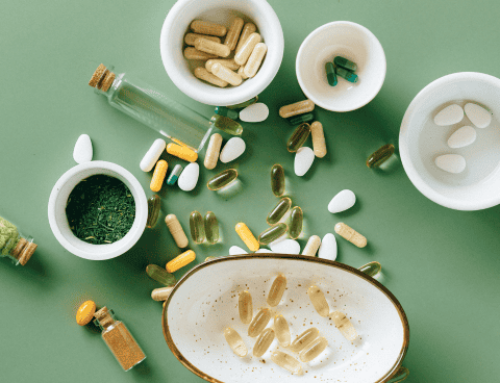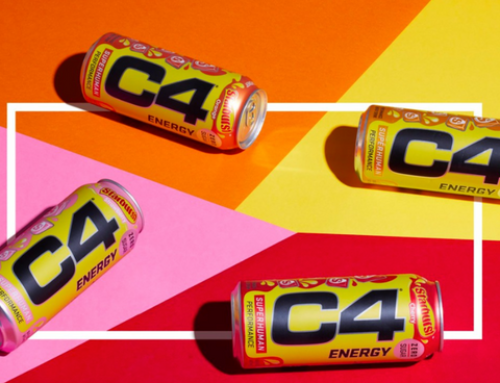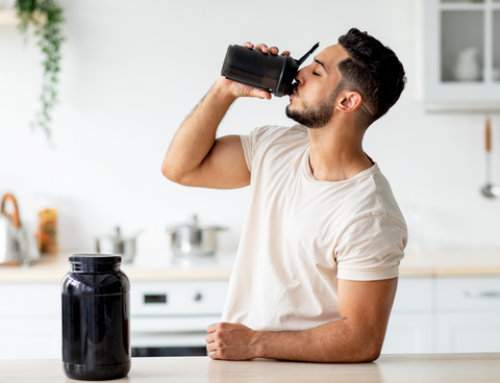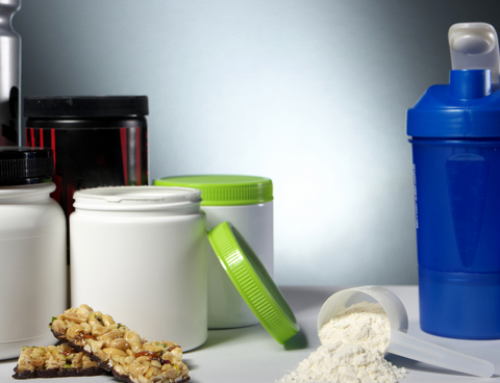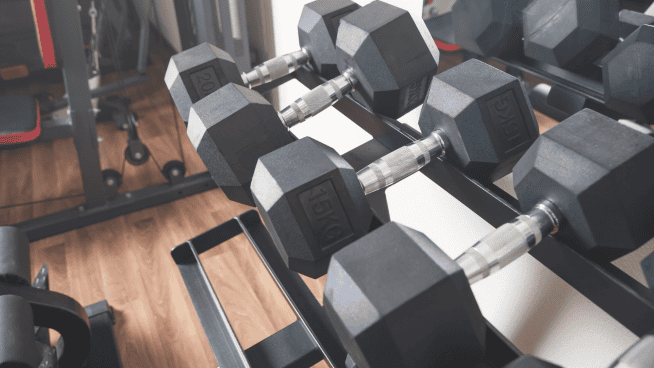The Lowdown on Performance Enhancing Drugs
Athletes spend hours and hours training because they want an edge on their opponents. Unfortunately, sometimes athletes turn to performance enhancing drugs (PEDs) to get an even larger competitive advantage. (Read Play it safe with advice from the NSF.)
PEDs are synthetic, or manufactured, drugs or supplements used to enhance physical skills and performance, such as strength, recovery or endurance. Athletes in nearly all sports have used these drugs, despite potential serious side effects and rules against doping.
The United States Anti-Doping Agency (USADA) promulgates rules and regulations on drug use for many sports—except for drugs prescribed by a licensed physician to treat certain medical conditions under the USADA’s “therapeutic use exemption.” (Learn which supplements are safe.)
One problem with PEDs is that they are often marketed as safe. This couldn’t be further from the truth. PEDs are completely unregulated and are often distributed by chemists, not prescribed by doctors. Many have terrible side effects.
Anthony Bosch, who ran a “wellness” facility in Florida called S.W.A.T.S. (Sports With Alternatives to Steroids), was promoting deer antler velvet spray, which contains IGF-1, a substance banned by all major pro sports leagues. Bosch is not a medical doctor, but a chemist. This should raise a red flag for athletes, since to avoid potential health issues or a failed drug test, they must understand who is providing them with treatment.
All athletes should understand that, as it has in the cases of Lance Armstrong, José Canseco and others who have used PEDs, the truth will come to light. Quite simply, the reward is not work the risk.
Here are some PEDs that athletes have used to unfairly enhance their performance.
Deer Antler Velvet Spray
Deer shed their antlers and regrow them many times. The velvet coating on the antlers contains IGF-1, which Sports Illustrated describes as a “natural, anabolic hormone that stimulates muscle growth.” Few studies confirm any positive benefits of deer antler velvet, and several doctors have said that IGF-1 can only be injected, not taken in pill or spray form due to its unstable nature.
Androstenedione
“Andro” gained notoriety during the late 1990s, when it was seen in Mark McGwire’s locker during his monstrous home run seasons. At the time, it was sold over the counter and was not banned. A naturally occurring substance that’s secreted by the adrenal glands, andro is taken to boost testosterone production. It is now a banned substance and is only available with a prescription.
Human Growth Hormone
HGH is another naturally occurring hormone that fuels muscle growth and development. It’s taken to improve strength and promote lean body mass. It is also banned and only legally available by prescription. HGH has many side effects, including abnormal growth of the bones in the head. A clear example is Barry Bonds late in his career.
Testosterone
Testosterone is a steroid hormone that contributes to muscle development. Synthetic testosterone can be directly injected. Anabolic steroids can be taken that have effects similar to testosterone. For people with low testosterone levels, it’s a necessary medical treatment. For athletes, it is an illegal form of drug therapy. It also has multiple side effects, such as liver failure.
Erythropoietin
EPO is a hormone that naturally increases the production of red blood cells, which carry oxygen to muscles. It is commonly used by endurance athletes, such as Lance Armstrong, to increase the amount of oxygen available for muscles to convert into energy.
Stimulants/Energy Drinks
Many energy drinks are available on the market today. While the dangerous substance ephedrine isn’t found in drinks sold in your local store, there is still an inherent risk associated with a stimulant or energy drink. Essentially, anything that can alter heart rate or respiration rate is dangerous for an athlete. (Learn about the dangers of energy drinks.)
RECOMMENDED FOR YOU
MOST POPULAR
The Lowdown on Performance Enhancing Drugs
Athletes spend hours and hours training because they want an edge on their opponents. Unfortunately, sometimes athletes turn to performance enhancing drugs (PEDs) to get an even larger competitive advantage. (Read Play it safe with advice from the NSF.)
PEDs are synthetic, or manufactured, drugs or supplements used to enhance physical skills and performance, such as strength, recovery or endurance. Athletes in nearly all sports have used these drugs, despite potential serious side effects and rules against doping.
The United States Anti-Doping Agency (USADA) promulgates rules and regulations on drug use for many sports—except for drugs prescribed by a licensed physician to treat certain medical conditions under the USADA’s “therapeutic use exemption.” (Learn which supplements are safe.)
One problem with PEDs is that they are often marketed as safe. This couldn’t be further from the truth. PEDs are completely unregulated and are often distributed by chemists, not prescribed by doctors. Many have terrible side effects.
Anthony Bosch, who ran a “wellness” facility in Florida called S.W.A.T.S. (Sports With Alternatives to Steroids), was promoting deer antler velvet spray, which contains IGF-1, a substance banned by all major pro sports leagues. Bosch is not a medical doctor, but a chemist. This should raise a red flag for athletes, since to avoid potential health issues or a failed drug test, they must understand who is providing them with treatment.
All athletes should understand that, as it has in the cases of Lance Armstrong, José Canseco and others who have used PEDs, the truth will come to light. Quite simply, the reward is not work the risk.
Here are some PEDs that athletes have used to unfairly enhance their performance.
Deer Antler Velvet Spray
Deer shed their antlers and regrow them many times. The velvet coating on the antlers contains IGF-1, which Sports Illustrated describes as a “natural, anabolic hormone that stimulates muscle growth.” Few studies confirm any positive benefits of deer antler velvet, and several doctors have said that IGF-1 can only be injected, not taken in pill or spray form due to its unstable nature.
Androstenedione
“Andro” gained notoriety during the late 1990s, when it was seen in Mark McGwire’s locker during his monstrous home run seasons. At the time, it was sold over the counter and was not banned. A naturally occurring substance that’s secreted by the adrenal glands, andro is taken to boost testosterone production. It is now a banned substance and is only available with a prescription.
Human Growth Hormone
HGH is another naturally occurring hormone that fuels muscle growth and development. It’s taken to improve strength and promote lean body mass. It is also banned and only legally available by prescription. HGH has many side effects, including abnormal growth of the bones in the head. A clear example is Barry Bonds late in his career.
Testosterone
Testosterone is a steroid hormone that contributes to muscle development. Synthetic testosterone can be directly injected. Anabolic steroids can be taken that have effects similar to testosterone. For people with low testosterone levels, it’s a necessary medical treatment. For athletes, it is an illegal form of drug therapy. It also has multiple side effects, such as liver failure.
Erythropoietin
EPO is a hormone that naturally increases the production of red blood cells, which carry oxygen to muscles. It is commonly used by endurance athletes, such as Lance Armstrong, to increase the amount of oxygen available for muscles to convert into energy.
Stimulants/Energy Drinks
Many energy drinks are available on the market today. While the dangerous substance ephedrine isn’t found in drinks sold in your local store, there is still an inherent risk associated with a stimulant or energy drink. Essentially, anything that can alter heart rate or respiration rate is dangerous for an athlete. (Learn about the dangers of energy drinks.)


